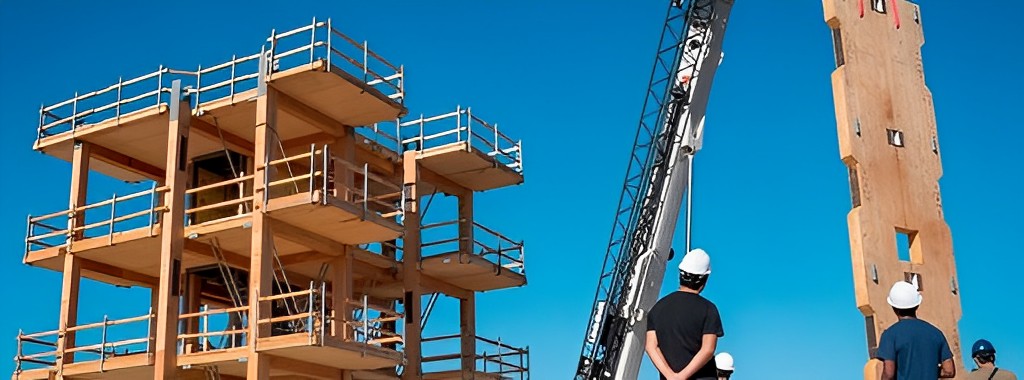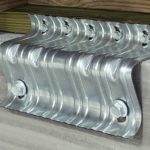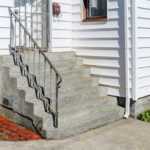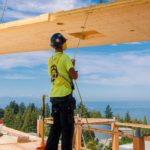As a lead industry supporter and research partner of the National Science Foundation-funded NHERI TallWood test, Simpson Strong-Tie is proud to participate in this groundbreaking initiative to investigate the resilience of tall timber buildings in earthquake-prone regions.
The project is led by the Colorado School of Mines and involves a consortium of universities, including the University of Nevada, Reno; the University of Washington; Washington State University; the University of California, San Diego; Oregon State University; Lehigh University; and Colorado State University.

The project will simulate a series of large earthquakes and their effects on a full-scale, 10-story mass timber building using the world’s largest outdoor shake table at the University of California in San Diego. The tests will mimic earthquake motions recorded during historic earthquakes covering a range of earthquake magnitudes on the Richter scale, from magnitude 4 to magnitude 8. The shake table is capable of carrying and shaking structures weighing up to 2,000 metric tons, or 4.5 million pounds (about 2,041,164 kg).
The table was recently upgraded with NSF funding and is now able to reproduce the full 3D ground motions that occur during earthquakes, when the ground is moving in all six degrees of freedom. The building features a new mass timber rocking wall lateral system designed to minimize damage from design-level earthquakes and to be quickly repairable after earthquakes.

As a research partner, Simpson Strong-Tie is contributing its expertise in developing and validating a resiliency-based seismic design methodology that will help ensure the safety and durability of tall timber buildings in seismic zones.
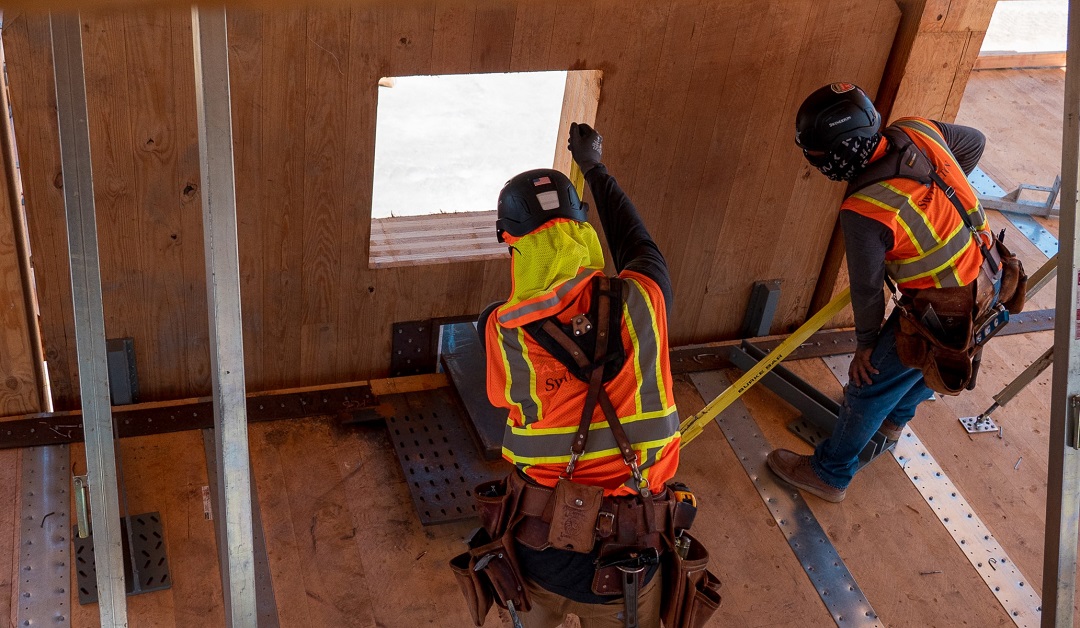
The company is also collaborating with the project team to design and test the building’s nonstructural components, such as the exterior façade, interior walls, and stairways, to ensure they can withstand the relative movement between stories.

Simpson Strong-Tie’s involvement in the NHERI TallWood test underscores our commitment to advancing the science of building resilience and ensuring the safety of the communities we serve. We are honored to take part in this pioneering effort that will help shape the future of mass timber building construction and seismic design.
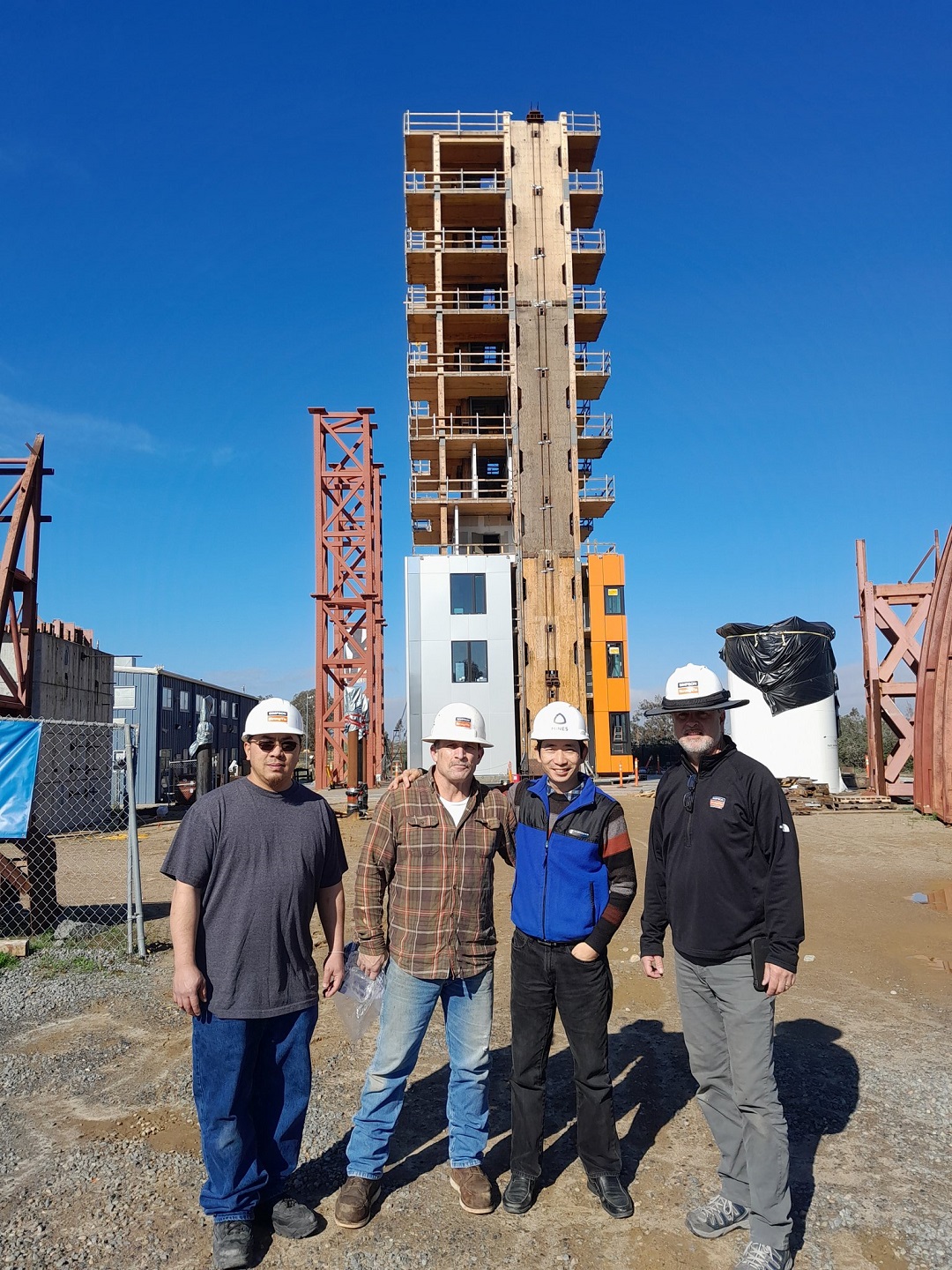
In May, on UCSD campus the NHERI TallWood testing site hosted Simpson Day- where our Simpson Strong-Tie employees had the opportunity to watch a live in-person seismic test of the 10-story mass-timber building. This is the tallest full-scale building ever constructed on an earthquake simulator. This building was put to the test and still stands tall. Although the results of this experiment will take some time to be published, we’re excited to see what new insights it will bring and how it can help us build safer, stronger, structures. Watch below!


